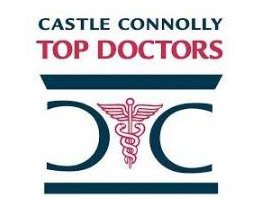When it comes to medicine, children are not just little versions of adults. This is particularly true of back problems. Spinal conditions in children are not necessarily like those in adults.
Back pain in prepubescent children is relatively rare and should always receive prompt medical attention. Sometimes back pain in young children is a symptom of a serious underlying condition. This is particularly true if the child is a preschooler and the back pain is accompanied by fever, weakness, numbness, pain that shoots down the legs, bowel or bladder problems or problems walking. If any child, but particularly a preschooler, has back pain so severe that it wakes him in the night, seek medical attention at once.
On the other hand, back pain is more common in older children. In adolescents, back pain prevalence is around 13% and is often the result of a sports injury. In fact, the older children get, the more their back problems resemble those of adults.
Causes of spinal conditions in children
There are many causes of spinal problems in children, but they can be grouped roughly into four main categories:
Mechanical problems
- Injury
- Muscle strain
- Stress fracture of spine
- Ruptured disc
Developmental problems
Inflammation and infection
- Disc inflammation
- Vertebral osteomyelitis
- Juvenile rheumatoid arthritis
Tumors
- Cancer
- Tumors on vertebral column or nearby
Diagnosing spinal conditions in children
University Spine Center offers a variety of diagnostic tests to determine the nature of spinal conditions in children. These diagnostic tests will vary depending on the child, his or her symptoms and the type of condition suspected. Besides a physical examination and medical history, University Spine Center may have the child undergo any or all of the following:
- Diagnostic imaging, such as magnetic resonance imaging (MRI) to see bone, tissue, nerve roots and other factors that may contribute to the problem.
- X-rays can show fractures, disc displacement or problems with the vertebrae.
- Bone scans detect infections, inflammation and tumors. Bone scans may even pick up fractures or other problems missed on X-ray.
- Computed tomography (CT) scans to see the child’s spine in 3-D image (useful for complex disorders).
- Lab tests, in particular blood tests, to determine the presence of infection or inflammation.
Treating spinal conditions in children
University Spine Center will work with parents and other family members along with the child to develop a treatment program based on the latest medical evidence and state-of-the-art therapies. The kind of treatment that is most appropriate will depend on the child’s spinal condition, his or her age and any other health conditions.
In many cases, the child with back problems may require some kind of pain reliever at least in the short term. There are many safe and effective pain killers available that are appropriate for even small children. However, no medicine is safe if it is not taken as directed.
University Spine Center will recommend appropriate therapy, possibly including surgery, to help control the child’s pain. Children with spinal conditions may require ongoing medical monitoring, even after their back problem is resolved or medically controlled.






